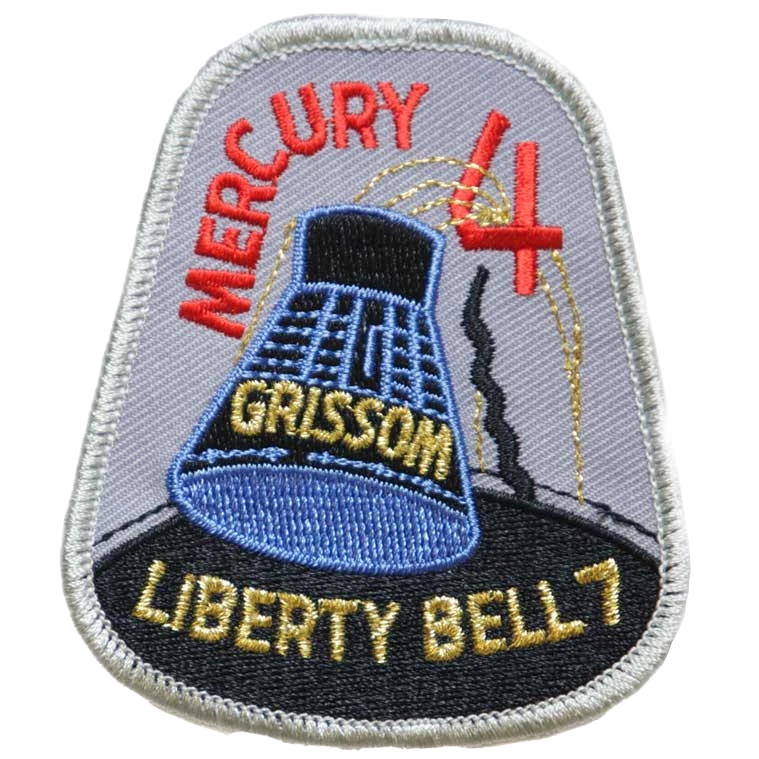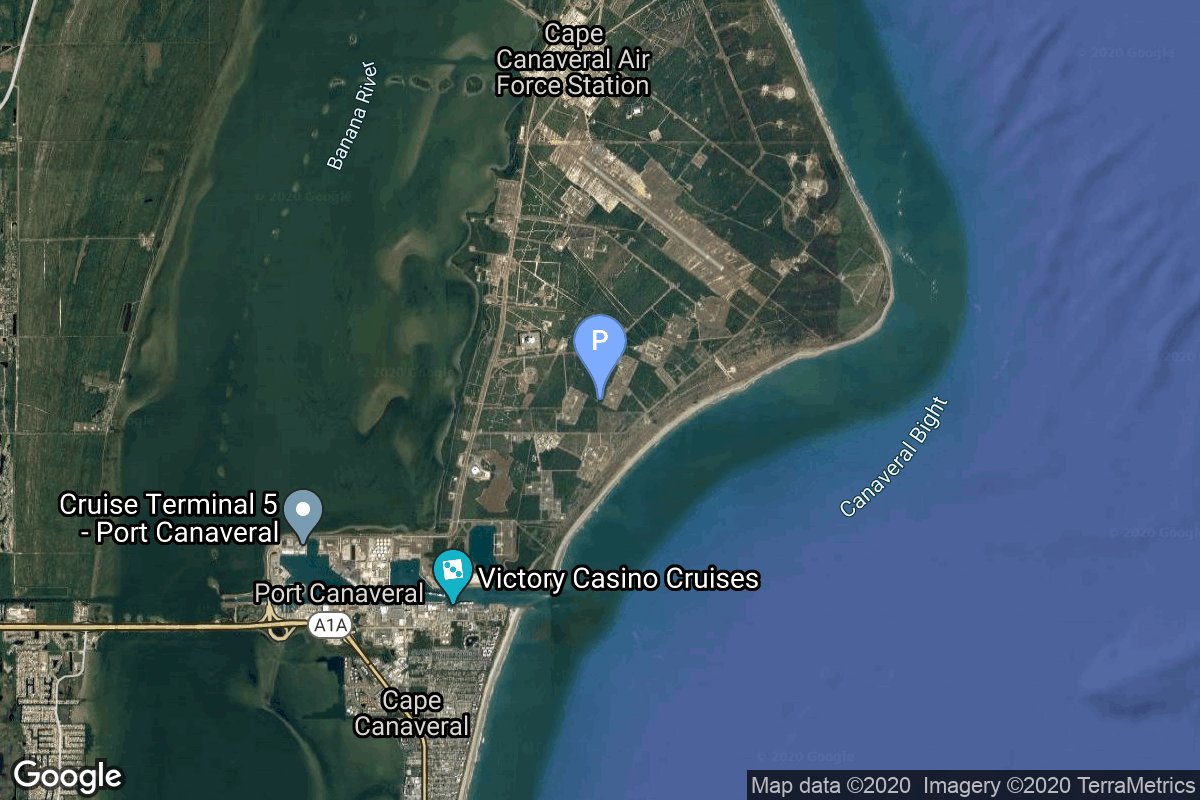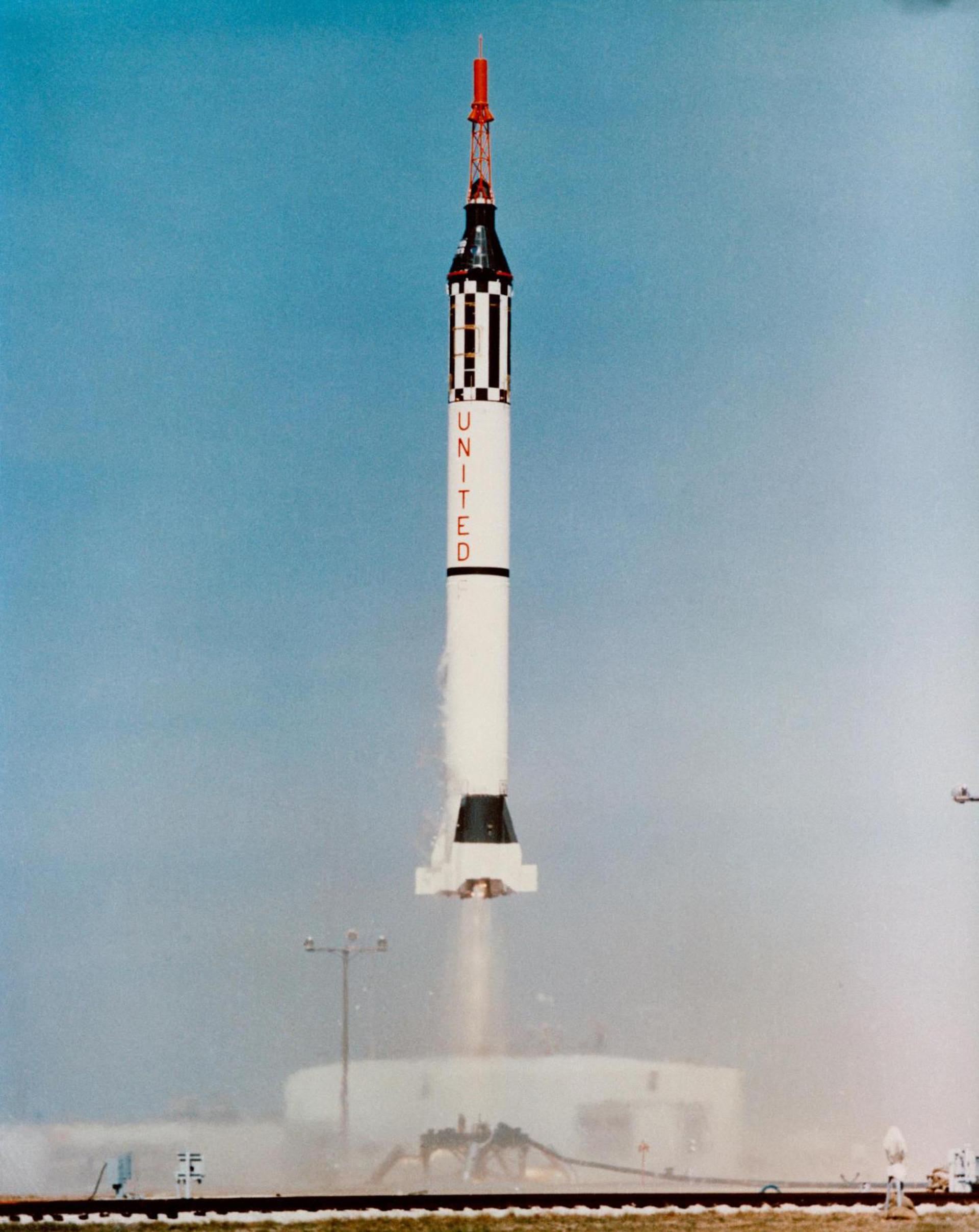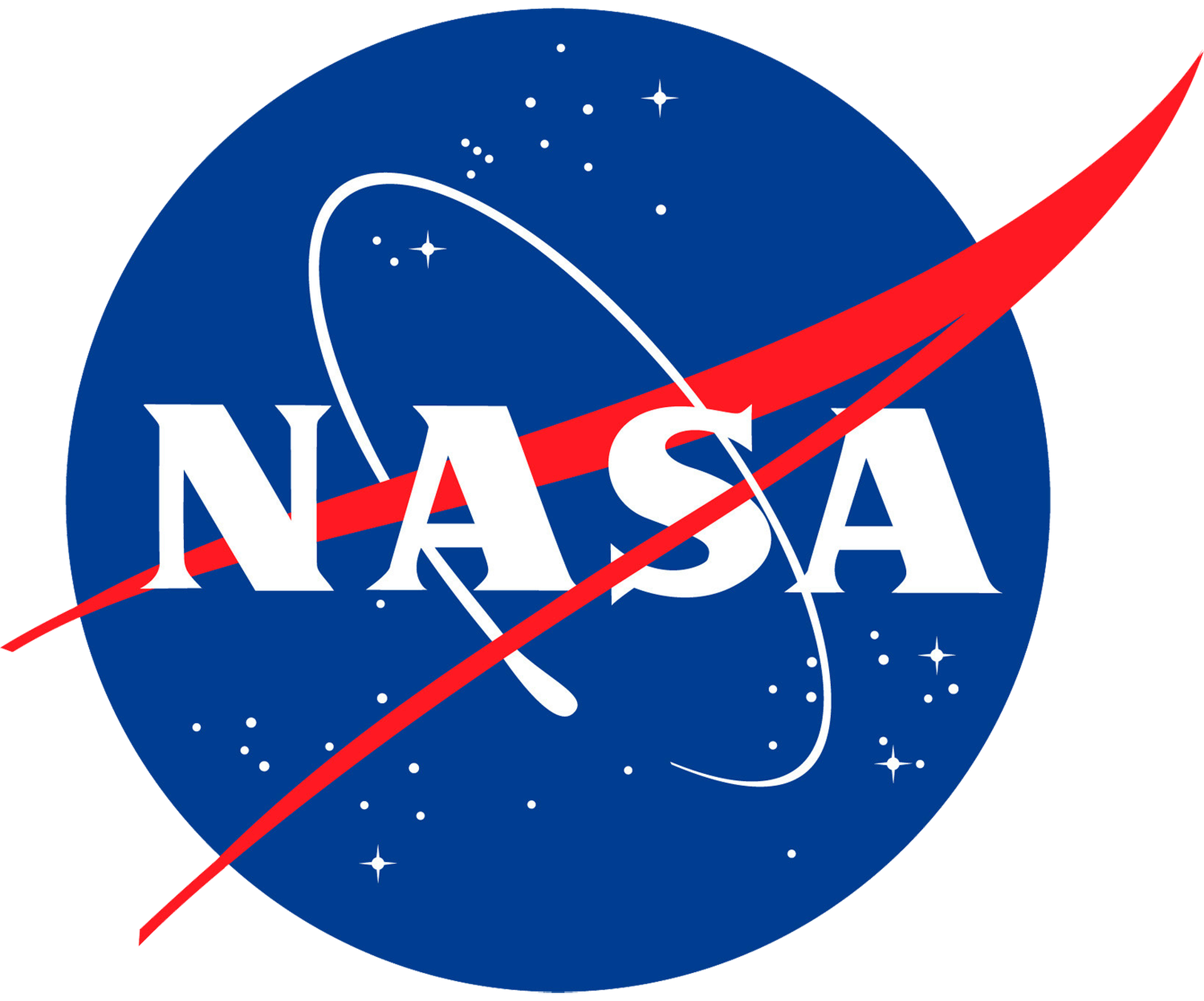Mercury-Redstone 4
Redstone MRLV
National Aeronautics and Space Administration
Crew
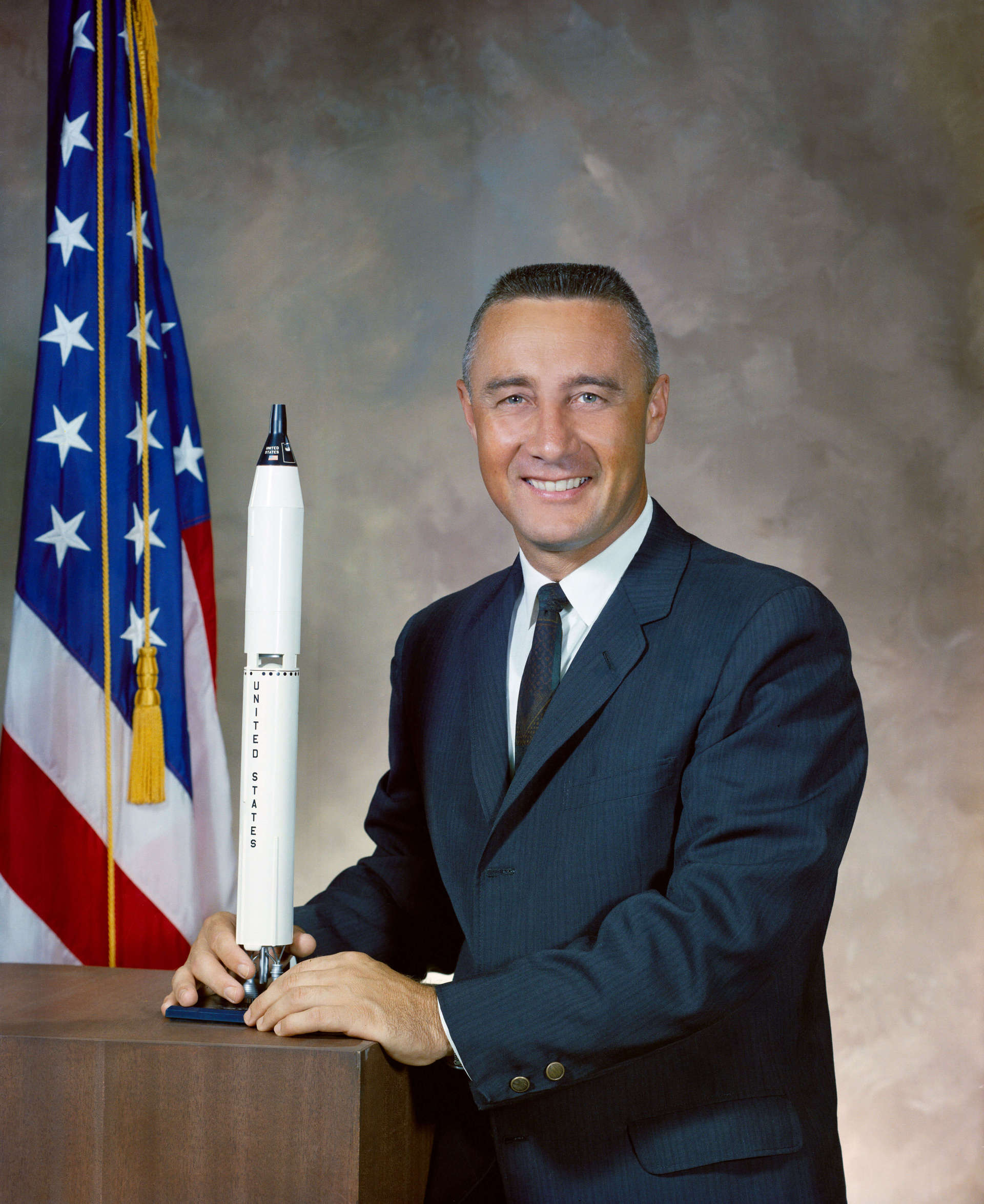
Gus Grissom
- Birthday: 04/03/1926
- Role: Pilot
- Nationality: American
- First Flight: 07/21/1961
- Last Flight: 01/27/1967
Lieutenant Colonel Virgil Ivan “Gus” Grissom was one of the seven original National Aeronautics and Space Administration’s Project Mercury astronauts, and the first of the Mercury Seven to die. He was also a Project Gemini and an Apollo program astronaut. Grissom was the second American to fly in space, and the first member of the NASA Astronaut Corps to fly in space twice. In addition, Grissom was a World War II and Korean War veteran, U.S. Air Force test pilot, and a mechanical engineer. He was a recipient of the Distinguished Flying Cross, and the Air Medal with an oak leaf cluster, a two-time recipient of the NASA Distinguished Service Medal, and, posthumously, the Congressional Space Medal of Honor.
Mission
Mercury-Redstone 4
- Type: Human Exploration
- Orbit: Suborbital
Mercury-Redstone 4 was the second United States human spaceflight, on July 21, 1961. The suborbital Project Mercury flight was launched with a Mercury-Redstone Launch Vehicle, MRLV-8. The spacecraft, Mercury capsule #11, was nicknamed the Liberty Bell 7, and it was piloted by the astronaut Virgil “Gus” Grissom.
Location
Rocket
Chrysler Redstone MRLV
The Mercury-Redstone Launch Vehicle, designed for NASA’s Project Mercury, was the first American manned space booster. It was used for six sub-orbital Mercury flights from 1960–61; culminating with the launch of the first, and 11 weeks later, the second American (and the second and third humans) in space. The four subsequent Mercury human spaceflights used the more powerful Atlas booster to enter low Earth orbit.
A member of the Redstone rocket family, it was derived from the U.S. Army’s Redstone ballistic missile and the first stage of the related Jupiter-C launch vehicle; but to human-rate it, the structure and systems were modified to improve safety and reliability.
Agency
National Aeronautics and Space Administration
The National Aeronautics and Space Administration is an independent agency of the executive branch of the United States federal government responsible for the civilian space program, as well as aeronautics and aerospace research. NASA have many launch facilities but most are inactive. The most commonly used pad will be LC-39B at Kennedy Space Center in Florida.
